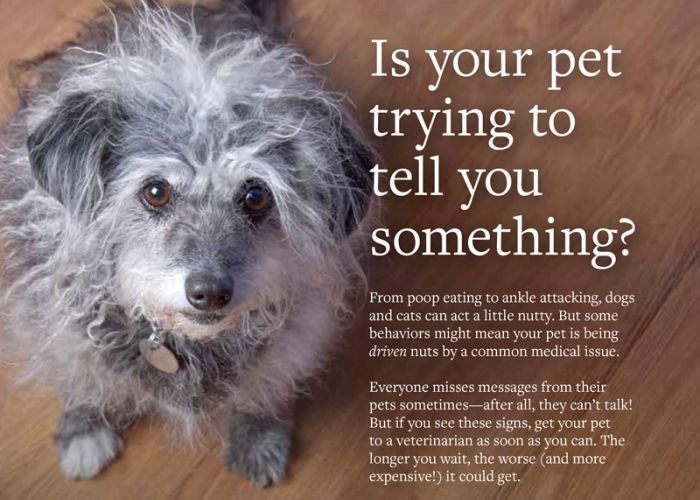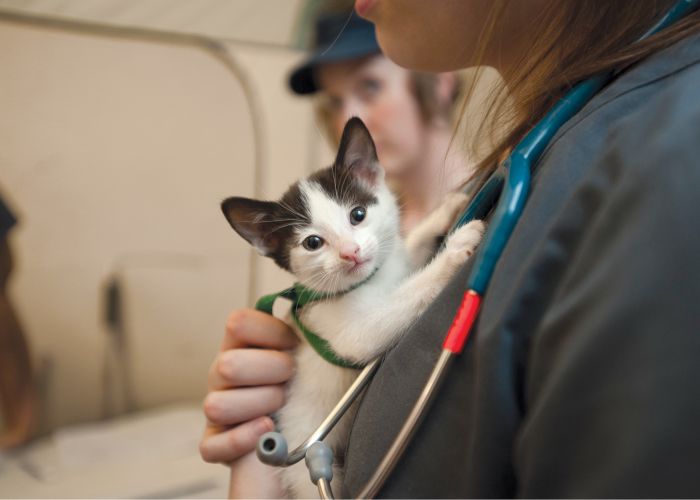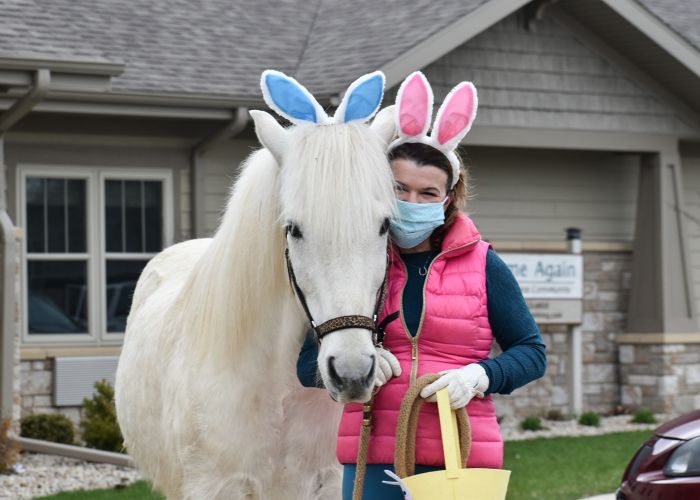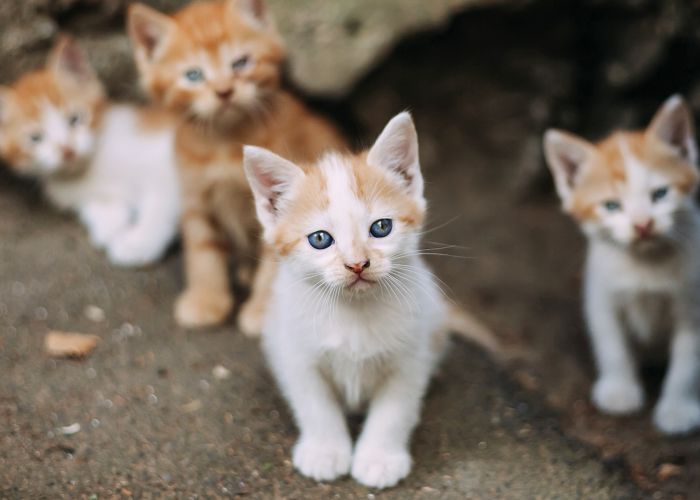Case study: Saving high-risk kittens
Newborn Kitten Rescue saves Arizona’s most vulnerable kittens through foster group-shelter partnerships
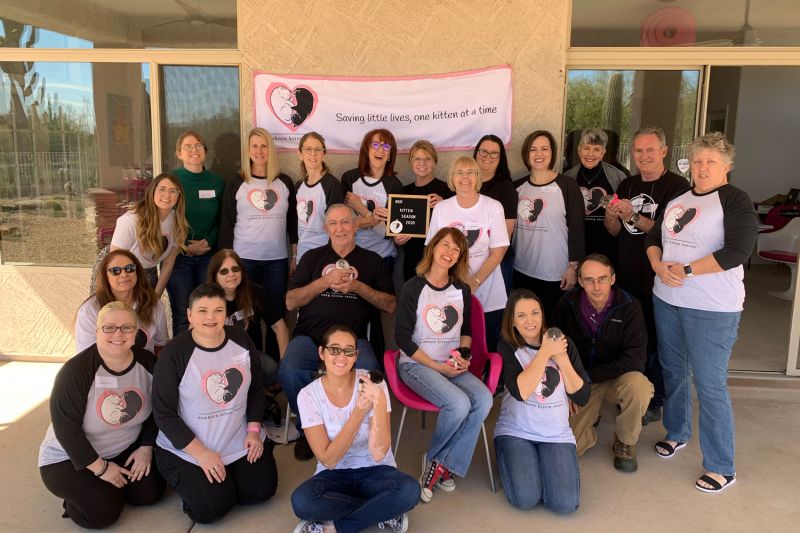
Organization: Newborn Kitten Rescue in Scottsdale, Arizona
History: With limited capacity, Arizona shelters had to focus resources on the animals most likely to survive; kittens under 90 grams (the average birth weight) were typically euthanized, as were sick or injured neonates.
Not long after she moved to Arizona, Simone Kelham showed up at the local humane society, eager to volunteer at the shelter’s new kitten nursery. At the end of the training session, she had one question: How long was the waiting list for helping with bottle babies? “Everyone looked at me like I was not just from another country but another planet,” she says.
Kelham spent most of her life in Guernsey, an island off the southern coast of England, where “there are no stray cats, no stray animals at all. Everybody spays and neuters, because if you didn’t and tried to dump your kittens or puppies, everyone would know.”
Things were different in Arizona: The moment she returned home from the training session, the shelter was calling to schedule her nursery shifts.
The volunteer gig led to a job working the night shift in the nursery and later as a foster counselor. Along the way, she discovered there was a whole population of kittens who never made it into the shelter’s nursery.
With limited capacity, the shelter had to focus resources on the animals most likely to survive; kittens under 90 grams (the average birth weight) were typically euthanized, as were sick or injured neonates. Kelham made it her “personal crusade” to save this high-risk population, and in 2019 she founded Newborn Kitten Rescue to do just that.
Challenge: Foster groups that took in neonates quickly filled up because the kittens stayed in their foster homes until they were adopted.
There were local rescue groups that pulled kittens from the area’s shelters for their foster programs, but they typically chose the older and healthier ones. Those that took in neonates quickly filled up because the kittens stayed in their foster homes until they were adopted.
“I wanted to do it differently. I’m looking at it from the point of view of how a small rescue can make the maximum impact, and for me that’s lives saved,” Kelham says.
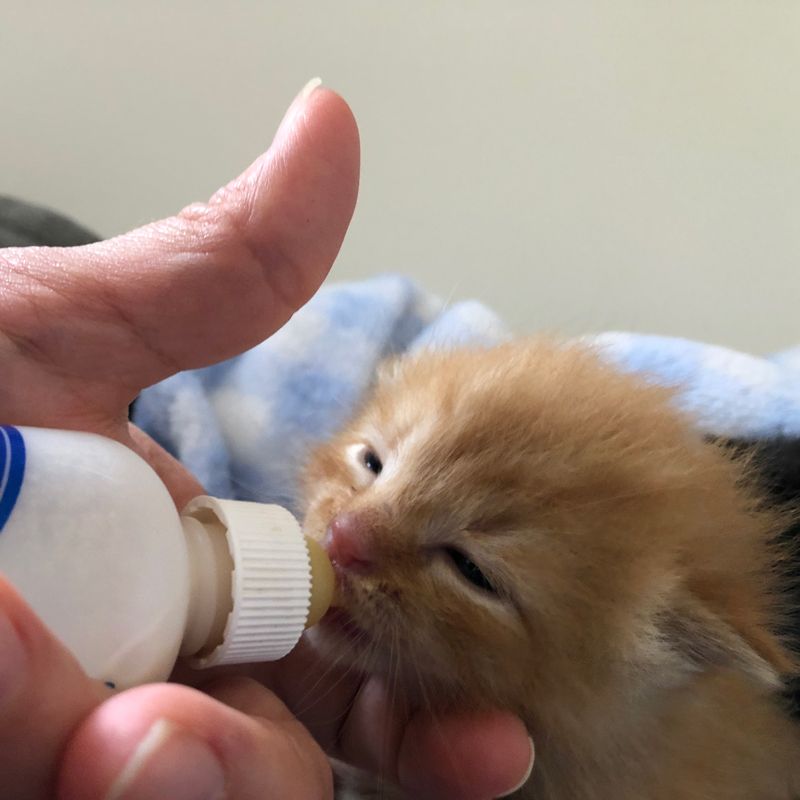
Solution: Specialized foster volunteers take on neonates, sending weaned kittens to other fosters and then back to the shelter for adopting out.
In a meeting with the shelter’s leaders, Kelham made her pitch: “I think I can save some kittens that you can’t save,” she told them. “But I don’t want to be like those other rescues. If I save them, I want them to come back to you when they’re healthy and you adopt them out.”
In this way, her team could focus on saving the most fragile kittens while relying on partnering shelters to do what they do best, which is adoptions. To maximize the flow of kittens through the program, Kelham organized her foster volunteers into two tiers: those with the time to care for labor-intensive bottle babies and those who could take weaned kittens.
Once kittens are eating on their own, they move to a different foster home, enabling the original foster to take on more bottle babies.
Result: Foster volunteers have the capacity to save hundreds more kittens, and partnering shelters have a higher live-release rate for cats.
In its first year, Newborn Kitten Rescue’s Saving Kittens in Partnership program took in 140 kittens from nearby shelters and had an 85% survival rate. This year, it took in 353 kittens and boasted a 90% survival rate.
About 100 of this year’s intakes came from the Yavapai Humane Society in Prescott. “The whole idea is pretty amazing,” says shelter manager Gabriel Alexander. Since partnering with NKR earlier this year, the shelter’s live-release rate for cats increased 3%.
DIY: Approach shelters to find care gaps; recruit, train and retain foster volunteers through open communication and careful planning.
Kelham emphasizes that “you can’t do it entirely on your own; you need to put together a small team of doers.” Approach local shelters to find out what they need: “Ask which kittens aren’t making it through and why, and can we fill that gap?”
Recruiting and retaining foster volunteers is critical. “You have to treat your fosters like gold,” Kelham says. “We give our fosters absolutely everything they need, and we deliver it to them. … Some people are retired, they’re on a limited income, but they have time, and that’s what you need to save kittens—time.”
NKR volunteers use a mobile phone app called Crew to communicate, schedule hand-offs and send progress reports on their charges, and they use a Facebook group to swap stories and photos. To prevent burnout and ensure long-term sustainability, NKR’s intake season is limited to March until October (when the need is highest).
The rest of the year is devoted to fundraising, assessing operations and planning for growth. This year, NKR hired a part-time veterinary technician to visit foster homes, give vaccines and address health concerns, and Kelham hopes that her budget will eventually allow for a full-time vet tech.
In less than two years, the nonprofit has increased its number of foster care volunteers from four to 40. Next year, a group of Midwestern University veterinary students, who have formed a foster care club, will join its ranks.
“We’re a boutique rescue,” Kelham says. “We’re never going to be 10,000 animals coming through, but there’s no reason why what we’re doing isn’t something a rescue in Maryland or Texas or anywhere else couldn’t do. We can give people the tools to do that.”


